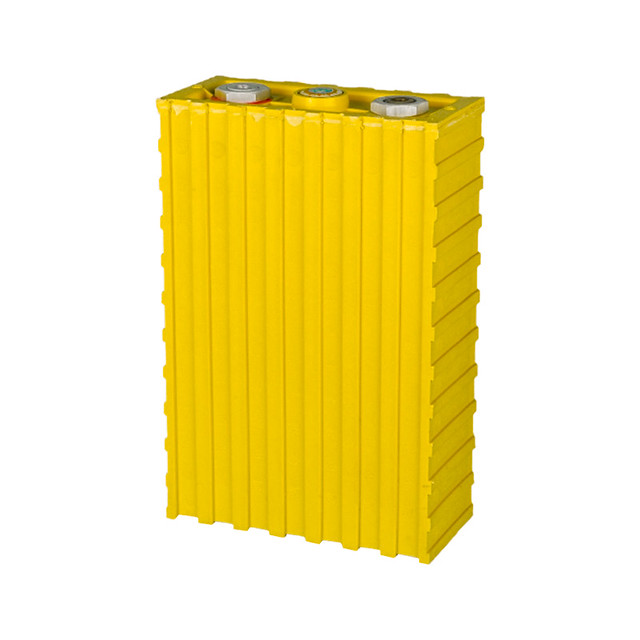Title: LIFEPO4 Lithium Battery: Revolutionizing Energy Storage Systems
Lithium-iron-phosphate (LiFePO4) batteries have become increasingly popular due to their exceptional LIFEPO4 lithium battery performance and long-lasting power supply. These advanced energy storage units offer numerous advantages over conventional battery technologies, making them a preferred choice for applications ranging from portable electronics to electric vehicles.
Manufacturing Process:
The production of LIFEPO4 lithium batt Lithium-iron-phosphate storage cell eries involves several essential steps. Firstly, raw materials such as lithium carbonate, iron powder, and phosphoric acid undergo thorough testing and quality control checks. The selected materials are then mixed in specific ratios to form the electrochemical material solar powered water pump needed for the battery cells. This mixture is ground into a fine powder before being pressed into electrode sheets. The anode consists of graphite while the cathode is made up of LiFePO4 composite material coated with conductive additives.
Features and Advantages:
LIFEPO4 lithium batteries possess several distinctive features LFP lithium battery that set them apart from other types of rechargeable batteries in the market. Firstly, these batteries have high energy density, meaning they can store a significant amount of energy compared to their size and weight. Additionally, they exhibit excellent thermal stability and are highly resistant to overheating or thermal runaway risks commonly associated with other chemistries.
Furthermore, LiFePO4 technology ensures longer cycle life with minimal capacity loss even under extreme conditions or frequent deep discharge cycles. Compared to traditional lead-acid batteries o Energy storage system r regular Li-ion counterparts, LIFEPO4 lithium batteries demonstrate superior resistance against self-discharge and memory effect issues.
Usage Methods:
To ensure optimal utilization of your LIFEPO4 lithium battery system, it is crucial to fol

low certain usage guidelines:
1. Charging – Use chargers specifically designed for LFP lithium batteries with built-in protection circuits.
2. Avoid Overcharging – Once fully charged (usually reaching around 3.6-3.8V per cell), disconnect the charger promptly to prevent overcharging.
3. Discharge Depth – Although LiFePO4 batteries can with Li-ion phosphate battery stand deep discharges, it is recommended not to drain them below 20% of their capacity for extended longevity.
4. Storage Temperature – Store LIFEPO4 batteries in a cool and dry environment with temperatures between 0°C and 25°C.
Selecting the Right Product:
Choosing the right LIFEPO4 lithium bat Lithium Ion Battery suppliers tery requires careful consideration of various factors:
1. Capacity Requirements – Determine the power demands of your application to select a battery pack with sufficient capacity.
2. Voltage Compatibility – Ensure compatibility with your device’s voltage requirements by selecting an appropriate configuration (e.g., single-cell, multi-cell).
3. Safety Features – Look for built-in protection mechanisms such as overcharge, discharge, and short-circuit safeguards for enhanced safety during usage.
LIFEPO4 lithium battery Conclusion:
LIFEPO4 lithium batteries have revolutionized the energy storage industry by offering remarkable features like high energy density, excellent thermal stability, and long cycle life. These batteries find extensive applications in solar powered water pumps, electric vehicles, portable electronics, and more due to their exceptional performance an

d reliability. When selecting a Li-ion phosphate-based battery system, always consider your specific needs while ensuring compliance with established guidelines for optimal efficiency and longevity.
In conclusion, ENERGY STORAGE SYSTEMS based on LIFEPO4 lithium batteries are proven to be an outstanding choice that guarantees reliable power supply across various industries. LIFEPO4 lithium battery The continuous advancements in this technology promise even greater efficiency and durability in future iterations of these remarkable energy storage units
